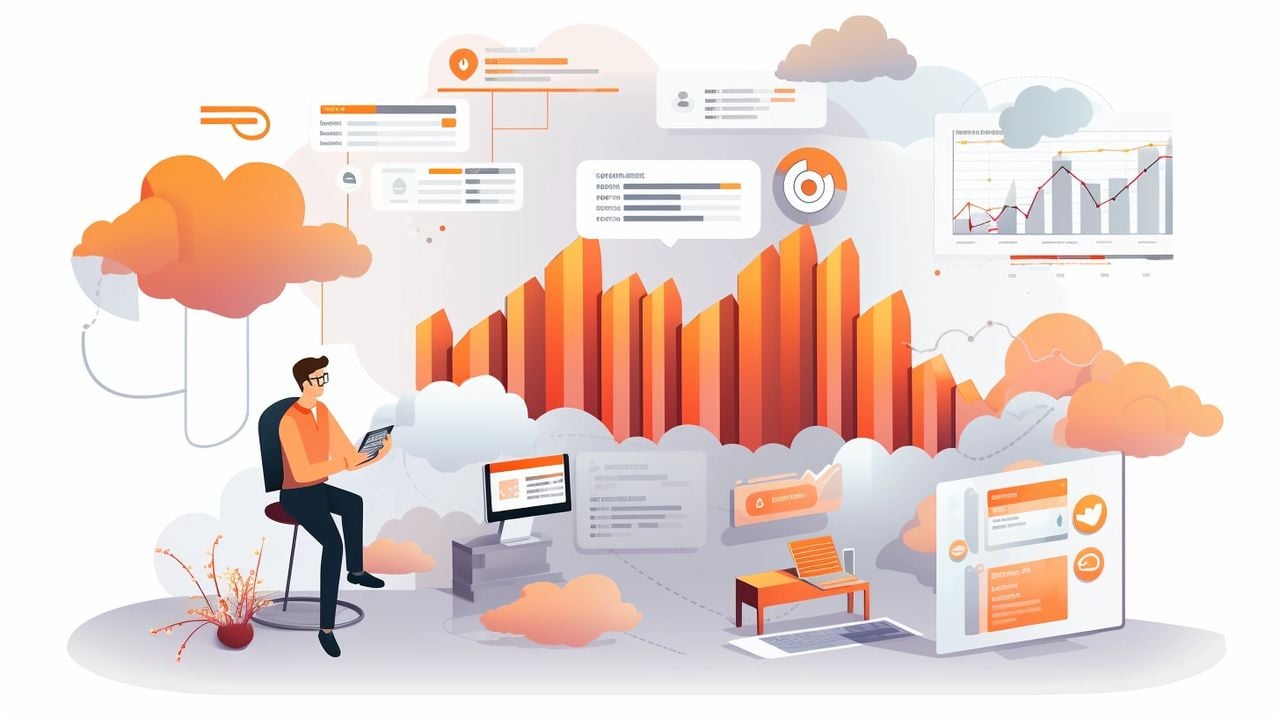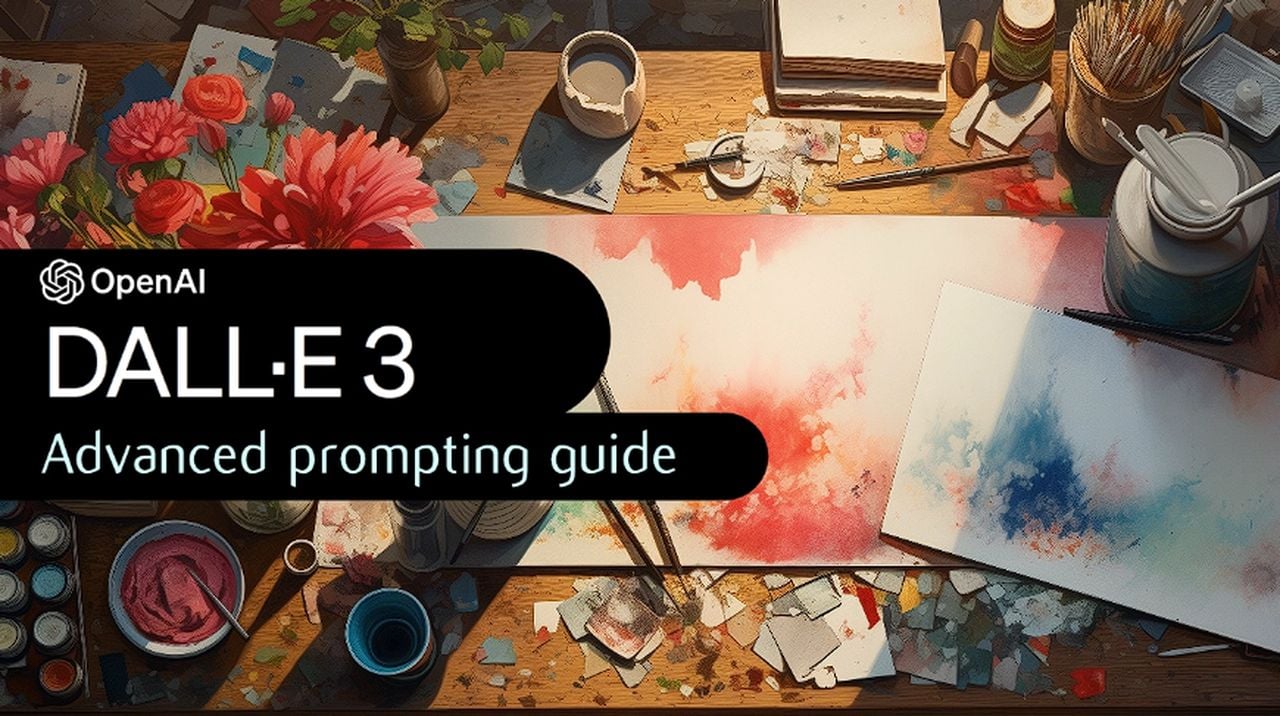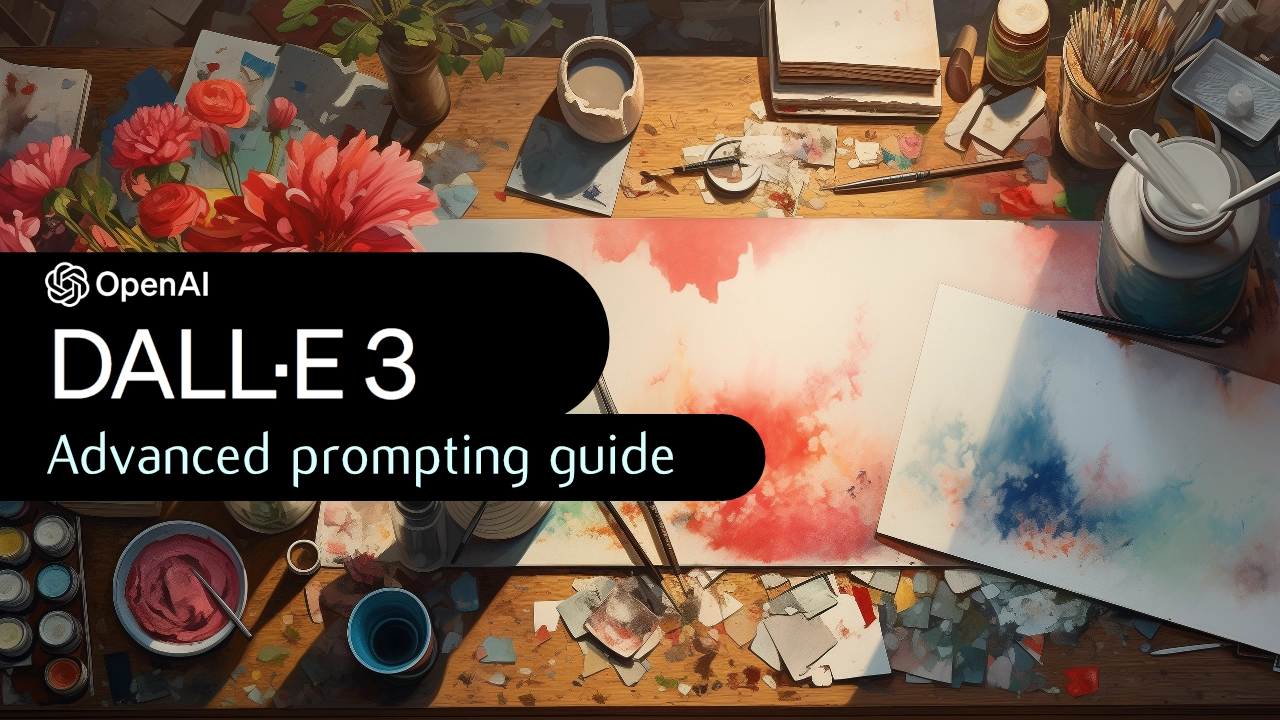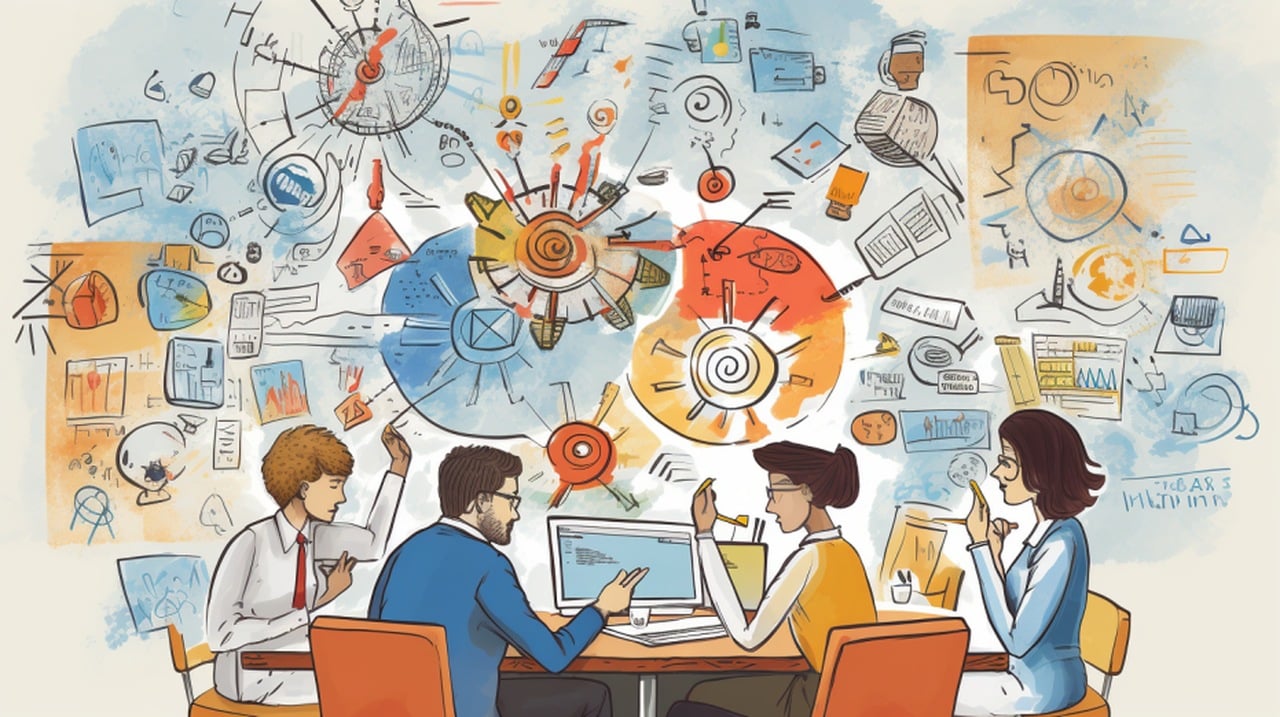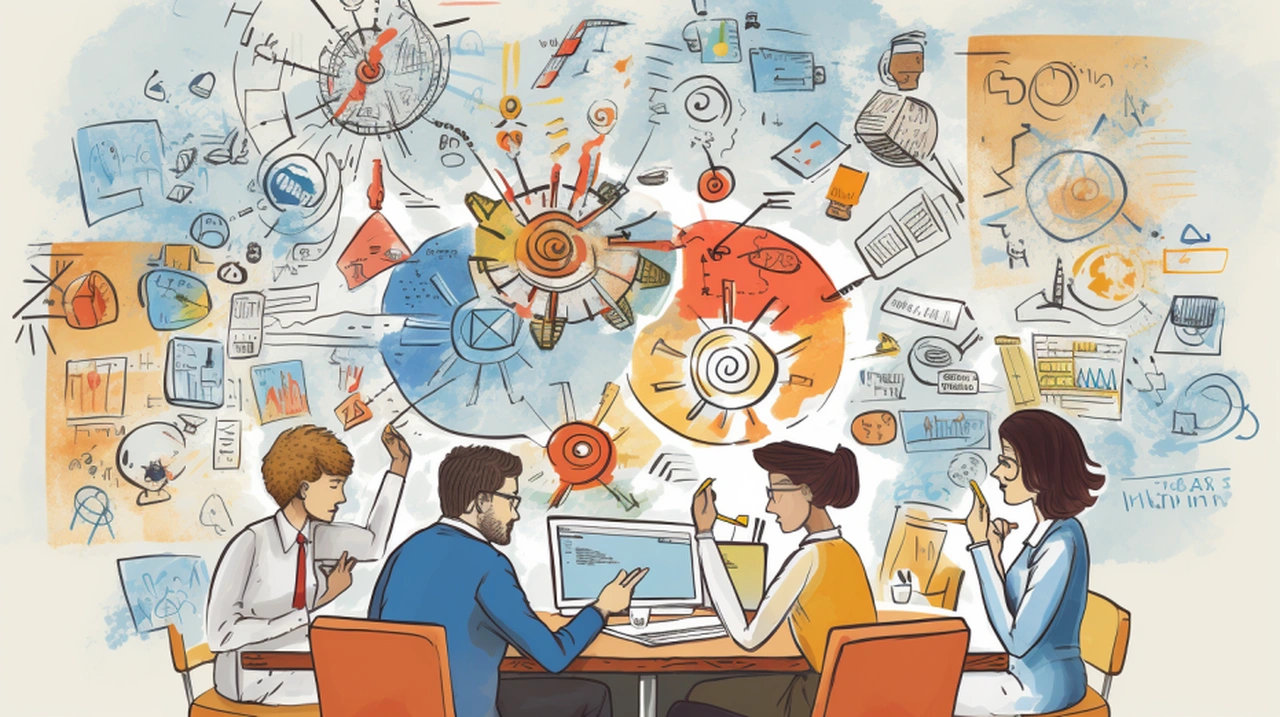
This guide is designed to show you how to master advanced ChatGPT techniques. OpenAI’s ChatGPT, a revolutionary language model, has significantly transformed our engagement with artificial intelligence. Its extensive range of abilities spans from offering detailed and nuanced answers to complex questions to playing a supportive role in creative writing projects. ChatGPT stands out not just for its ability to understand and generate human-like text, but also for its adaptability in various contexts, making it a versatile tool in both professional and personal settings.
To truly leverage the full spectrum of ChatGPT’s capabilities, one must delve into and master a series of advanced techniques. This guide is meticulously crafted to shed light on these expert strategies, providing you with valuable insights and practical advice. By exploring these tips, you’ll be able to enhance your interactions with ChatGPT, making the most of this innovative tool in a multitude of applications, whether it’s crafting intricate narratives, solving complex problems, or simply exploring the vast possibilities of AI-assisted communication.
Crafting Precise Queries for Accurate Responses
The art of precision in questioning: ChatGPT’s accuracy correlates strongly with the specificity of your queries. Detailed inquiries yield more precise responses. For example, a broad question like “Tell me about AI” can be honed into “Explain the ethical implications of AI in healthcare.” Such specificity garners a focused and informative reply.
Sequential Interaction for Contextual Continuity
Leveraging conversation memory: ChatGPT retains the context within a session, allowing for a seamless and cumulative dialogue. This feature is invaluable for building upon earlier questions or topics. For instance, following a discussion on AI in healthcare, one might inquire, “How does AI’s application in healthcare compare to its role in finance?”
Utilizing Instruction-Based Queries for Direct Responses
Guiding ChatGPT with clarity: By using direct instructions, you can steer the conversation effectively. Commands like “Summarize the latest research on neural networks in 300 words” or “Compose a Shakespearean-style poem about technology” direct ChatGPT to produce specific types of content.
Exploring Creative Applications Beyond Standard Q&A
Unleashing ChatGPT’s creativity: ChatGPT goes beyond mere question-answering. It’s a tool for brainstorming, creative writing, music composition, and more. The more innovative your usage, the more you discover its diverse capabilities.
Leveraging ChatGPT as an Educational and Developmental Aid
ChatGPT as a learning companion: The model serves effectively as a tutor, offering explanations on complex topics, providing illustrative examples, or assisting in language learning.
Recognizing and Understanding Limitations and Biases
Navigating ChatGPT’s boundaries: Despite its power, ChatGPT isn’t perfect. Recognizing its limitations regarding data recency, inherent biases, and accuracy is key to utilizing it effectively.
Applying Advanced Programming Techniques
Assistance in coding: ChatGPT can be a valuable ally for those versed in programming, aiding in code generation, debugging, and explaining complex programming concepts.
Enhancing Capabilities through Integration with Other AI Tools
Creating synergies: ChatGPT can be integrated with other AI tools, expanding its utility in areas like data analysis, image generation, and language translation.
Customizing ChatGPT for Specific Use Cases
Tailoring for unique needs: Advanced users can fine-tune ChatGPT to better align with specific tasks or industry requirements, enhancing its relevance and effectiveness.
Keeping Up-to-Date with Evolving AI Technologies
Staying informed in a dynamic field: The AI landscape is rapidly evolving. Staying informed about the latest in ChatGPT and related technologies ensures you leverage the most advanced features and capabilities.
Summary
ChatGPT transcends the role of a mere tool; it acts as a portal to a wealth of opportunities and uncharted territories. Its functionality goes beyond basic utility, opening doors to a universe where the only limit is the user’s imagination. When you engage with and master these advanced techniques, the impact is profound. You elevate ChatGPT from a simple assistant to a powerful ally, enhancing its utility in a vast array of scenarios. Whether it’s in the realm of professional endeavors, where it can streamline workflows and foster innovation, in educational settings where it acts as an interactive learning companion, or in the sphere of creative arts where it becomes a source of inspiration and a collaborator in artistic expression, the potential applications are boundless.
As the field of artificial intelligence continues to grow and develop, the methodologies and approaches we adopt in utilizing tools like ChatGPT will also transform and diversify. This evolution paves the way for more nuanced and synergistic forms of human-AI collaboration. We are on the cusp of a new era where these advanced tools not only augment our capabilities but also enhance our understanding of the world around us and the digital landscapes we inhabit. The journey with AI, particularly with versatile tools like ChatGPT, is one of continual learning and adaptation, leading us to an exciting future where the fusion of human creativity and AI intelligence unlocks unprecedented possibilities.
Filed Under: Guides
Latest timeswonderful Deals
Disclosure: Some of our articles include affiliate links. If you buy something through one of these links, timeswonderful may earn an affiliate commission. Learn about our Disclosure Policy.


